Satellites Helping The Planet
Pravit Kochar July 17, 2024
Orbiting high above Earth, satellites offer a unique vantage point to observe, collect and analyze data on a global scale. Credit: Pexels.com.
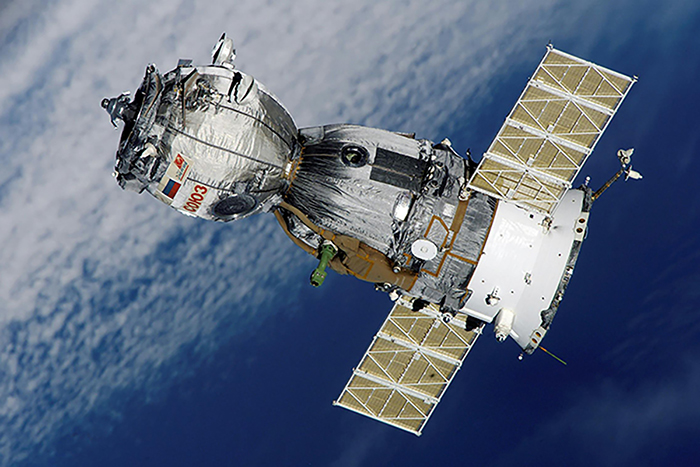
Dear EarthTalk: How are satellites helping solve our environmental problems? – B.B., via email
In our ever-evolving quest to address and mitigate environmental problems, the role of satellites has become increasingly significant. Orbiting high above Earth, these technological marvels offer a unique vantage point to observe, collect and analyze data on a global scale, providing critical insights into the planet’s changing climate and natural phenomena.
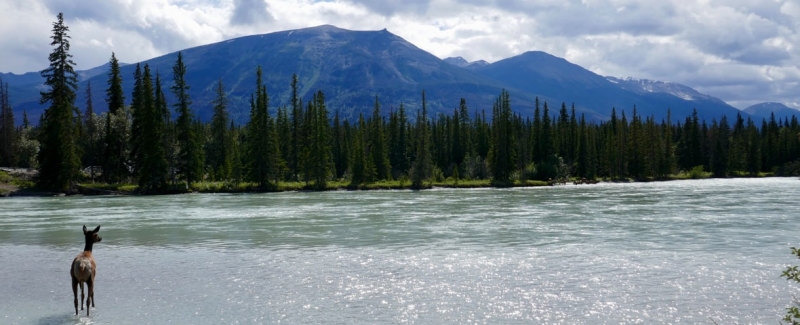
Satellites are indispensable in monitoring atmospheric changes and climate phenomena—such as El Niño—which have profound effects on global weather patterns. According to the Physical Sciences Laboratory of the National Oceanic and Atmospheric Administration (NOAA), satellites play a pivotal role in observing sea level rise and the melting of polar ice, which are key indicators of climate change.
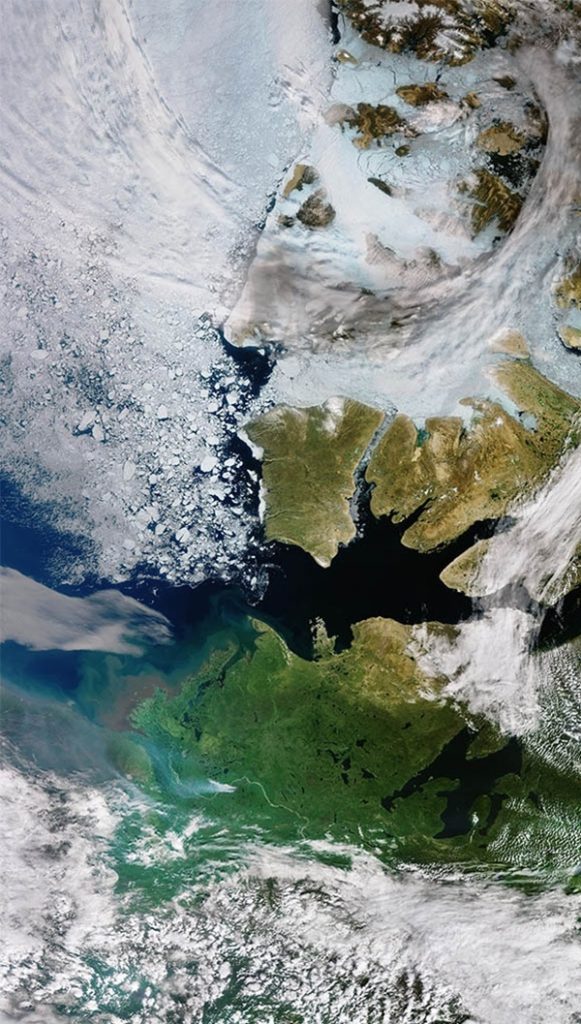
Satellites have also greatly benefited the detection and management of wildfires. NASA’s spinoff technologies (commercial products and services which have been developed with the help of NASA) use satellite imagery to detect fires early, often before they cause extensive damage. This early detection is crucial for timely firefighting efforts and effective evacuation planning, ultimately saving lives and reducing property damage. Satellites also help assess the aftermath, vital for recovery and mitigation.
Satellite technology is also crucial in ocean and coastal management. NOAA utilizes satellites to monitor ocean health, track pollution and map coral reefs. These activities are essential for preserving marine environments and ensuring the sustainability of the resources they provide. By providing data on water temperatures, currents and biological productivity, satellites help manage marine ecosystems effectively.
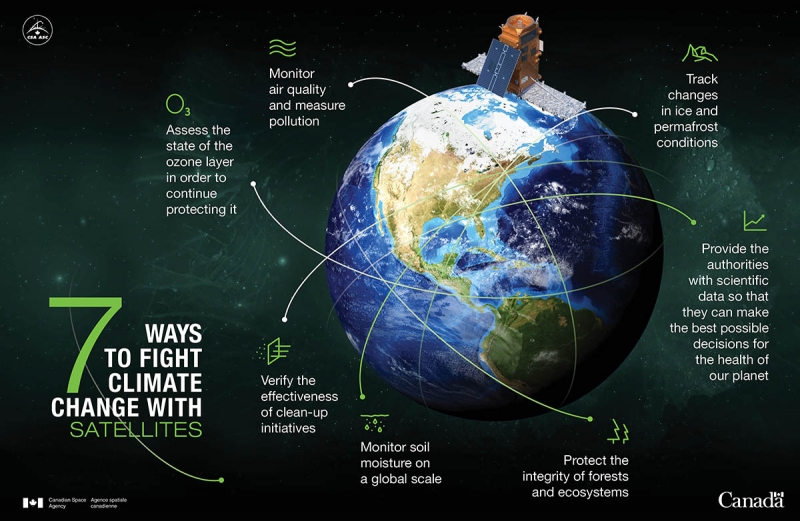
Improving the accuracy of weather forecasts and enhancing the readiness for natural disasters are perhaps some of the most well-known applications of satellites. Their ability to monitor atmospheric conditions and predict weather changes is critical in preparing for and responding to hurricanes, floods and other natural disasters. This real-time data is crucial for disaster response agencies worldwide, enabling more effective planning and potentially saving thousands of lives annually.
The development of satellite technology has not only advanced our capabilities in space but also brought numerous benefits for environmental monitoring on Earth. Innovations such as advanced imaging and sensors initially designed for space applications are now being used to track environmental changes and manage natural resources more effectively. These technologies provide unprecedented levels of detail and timeliness, enhancing our ability to understand and protect our planet.
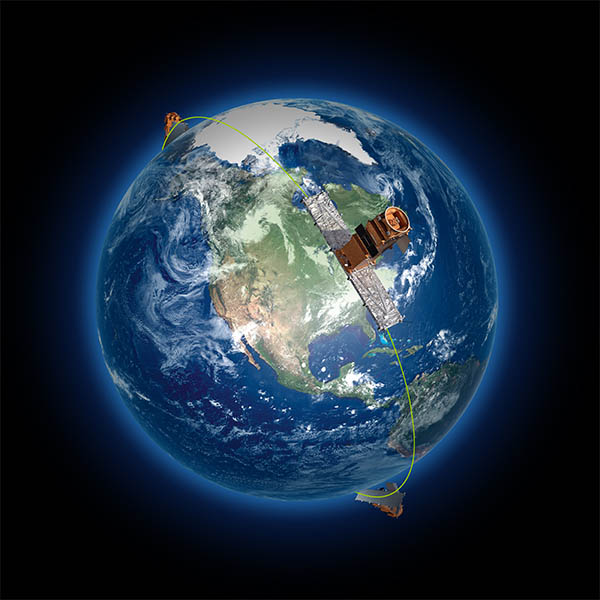
7 Ways Satellites Help Fight Climate Change
EarthTalk® is produced by Roddy Scheer & Doug Moss for the 501(c)3 nonprofit EarthTalk. See more at https://emagazine.com. To donate, visit https://earthtalk.org. Send questions to: question@earthtalk.org.
